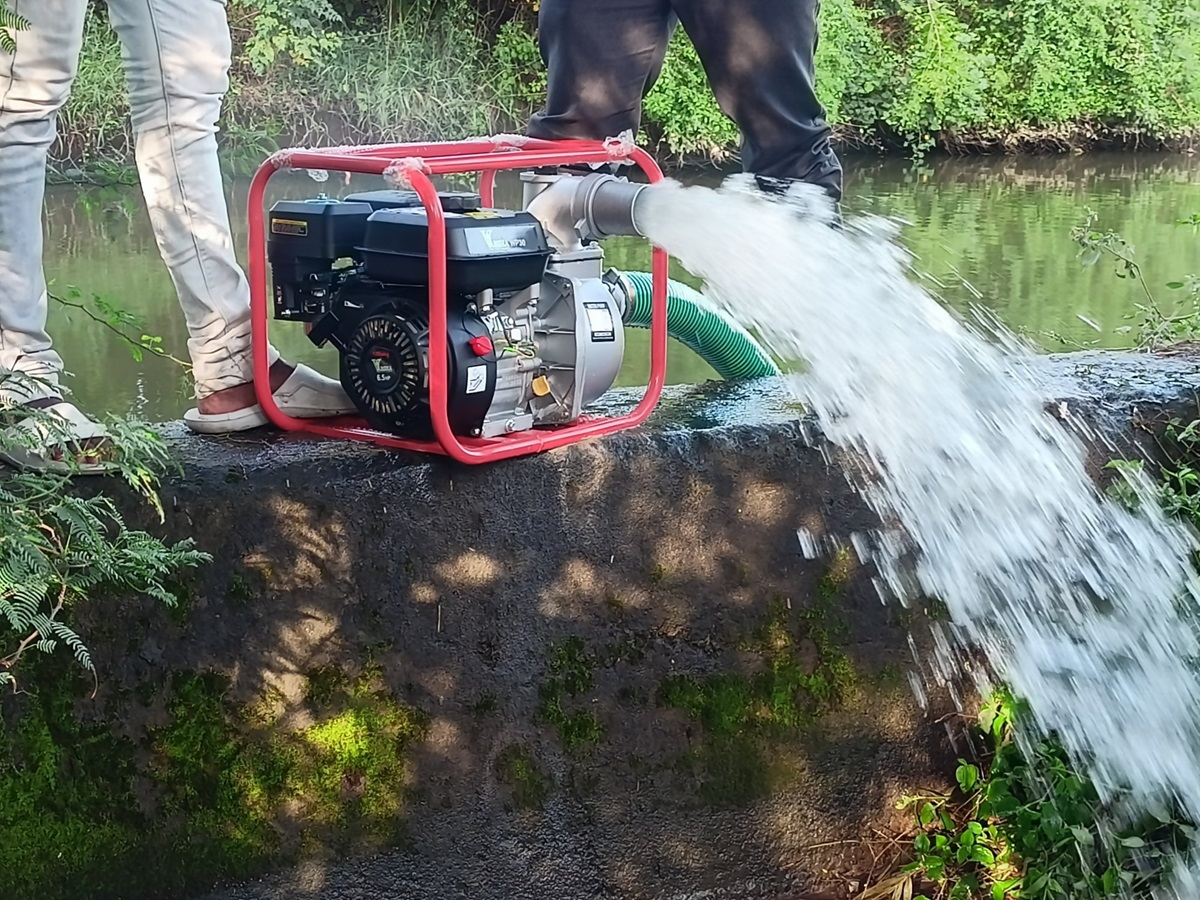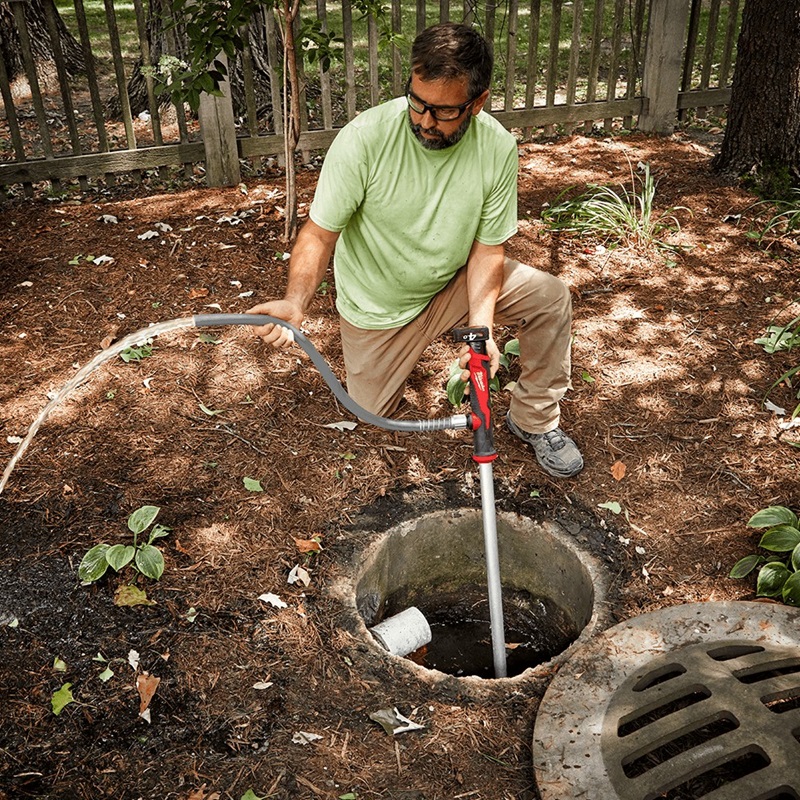How to Buy a Domestic Water Pump that Will Satisfy Your Needs
Water pumps are true life savers when it comes to living in more remote areas as they create pressure that helps the water rise up to where you have a tap. For that to work you need to look for the important features of a water pump.
Water Pump Features/ Specs That Matter
THL
Better known as total head lift, THL represents the total height starting from the water source to the first tap or wherever the water ends. THL is what tells you how much power the pump has to move the water over a certain height and should you buy a water pump or not.
GPM/ LPM
GPM stands for gallons per minute or LPM which means litres per minute and it represents the number of gallons/ litres the pump is able to move in 60 seconds. Obviously the higher this number is the more powerful the water pump is too.
SH
This is the last abbreviation you'll need to consider and it refers to the suction head of the pump. This is the vertical distance at which the pump is able to draw in water and the deeper the pump sits away from your household the higher the SH value needs to be.
Flow Rate
To properly size your water pump in Australia, you first need to consider its flow rate and pressure. You should first take into account your home's demands and then see if the pump you're after is able to surpass or at least match them. Otherwise, you're going to have an incapable piece of equipment.
Discharge Rate
The discharge rate of water pumps for sale refers to the GPM/ LPM the pumps is able to carry from its point of extraction to your sink. For household needs, a water pump in Australia with an LPM between 100 and 200 is going to be good enough. But, again, make sure to check water consumption on a daily basis to ensure the pump you go for is powerful enough.
Noise
If you buy a water pump to put it far away from your home you won't need to worry about the amount of noise it generates. However, if you have it close by, then you might want to consider going for a quieter one. Water pumps always make noise, there's no way to eliminate this but what you can do is make it less annoying.
Types of Water Pumps
Electric
Electric water pumps for sale are made for indoor use as they are both quiet and not as powerful as their larger counterparts. They operate at 120V but you can also find them capable of working with 230 volts of power running through them.
Gas
A gas-powered water pump is made for heavy-duty use as it can chuck out 750 GPM. They are however rather noisy and therefore mainly used to extract water from a flooded basement or a pool. Keep in mind that gas water pumps are also leaving a heftier carbon footprint than other types of pumps.
Compressor
With a compressor water pump, you'll get a high-pressure solution that relies on pistons to bring water up. This is why most compressor pumps are used in car washes as the vacuum inside the pump brings the water out through a one-way valve.
Self-Priming
Self-priming water pumps for sale are made to be used when you need to move water from one tank to another or from a tank to a tap. Self-priming pumps can also help increase the pressure in an existing pipeline.
Submersible
A submersible water pump can be used underwater. Submersible pumps have a sealed engine and don't need to be primed. This is why they are commonly used in open wells or in borewells.
Centrifugal Jet
A centrifugal jet water pump is able to provide both a steady and strong flow of water that's found underground. They are quite capable for residential use and they're quite efficient and easy to install.
Inline Circulation
With an inline circulation pump, you can move both hot and cold water in your home. You usually get inline circulation pumps with water heaters and they can be installed into your household's piping system.
Booster
As you'd expect, a booster pump is only used when the need of higher pressure within a piping system is required. They are not meant to extract water from a deep water source but they still work in the same way most other water pumps work.





